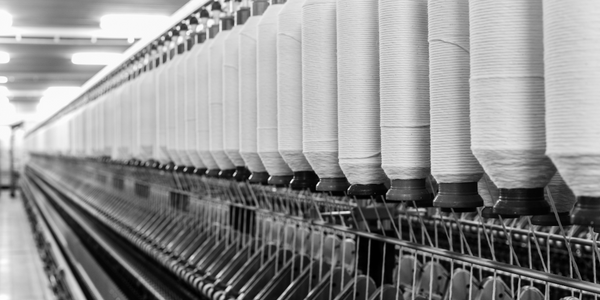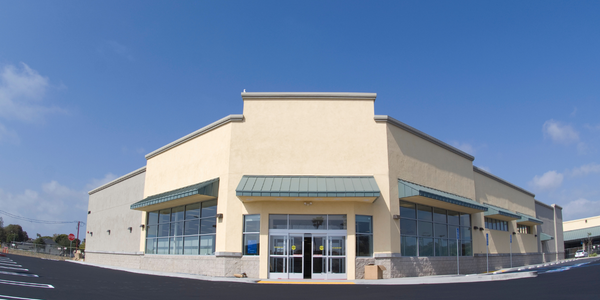Customer Company Size
Large Corporate
Region
- America
Country
- United States
Product
- DISQO
Tech Stack
- Ad Measurement
- Data Analysis
Implementation Scale
- Enterprise-wide Deployment
Impact Metrics
- Brand Awareness
- Customer Satisfaction
Technology Category
- Analytics & Modeling - Big Data Analytics
Applicable Industries
- Apparel
Applicable Functions
- Sales & Marketing
Services
- Data Science Services
About The Customer
The customer in this case study is an established apparel brand. The brand was running a multi-platform social media campaign and needed to measure its impact on consumer attitudes and actions. The brand was facing challenges with traditional ad measurement approaches due to the siloed nature of social media platforms and the difficulty of merging disparate data sets. Furthermore, most measurement solutions could only provide attitudinal metrics and were unable to reveal the impact of the campaign on consumer behavior. The brand needed a unified, single-source solution that could accurately measure campaign impacts across all platforms and provide insights into both consumer attitudes and behaviors.
The Challenge
An established apparel brand was struggling to measure the impact of their multi-platform social media campaign on consumer attitudes and actions. Traditional ad measurement approaches were proving inadequate due to the siloed nature of social media platforms and the difficulty of merging disparate data sets. Furthermore, most measurement solutions could only provide attitudinal metrics and were unable to reveal the impact of the campaign on consumer behavior. The brand needed a unified, single-source solution that could accurately measure campaign impacts across all platforms and provide insights into both consumer attitudes and behaviors.
The Solution
The brand partnered with DISQO to measure campaign performance across all platforms using a single-source of data and a unified methodology. DISQO isolated a sample of its proprietary opt-in audience members that were in the social audience during the campaign period and compared those exposed to the campaign with mirror-matched control groups. The company then surveyed its control and exposed members for attitudinal opinions and compared lifts in downstream behaviors such as searches, site visits, and e-commerce shopping engagements. This approach provided a comprehensive view of the campaign's impact on both consumer attitudes and behaviors.
Operational Impact
Quantitative Benefit

Case Study missing?
Start adding your own!
Register with your work email and create a new case study profile for your business.
Related Case Studies.

Case Study
Fire Alarm System and Remote Monitoring Sytem
Fire alarm systems are essential in providing an early warning in the event of fire. They help to save lives and protect property whilst also fulfilling the needs of insurance companies and government departments.Fire alarm systems typically consist of several inter-linked components, such as smoke detectors, heat detector, carbon monoxide, manual call points, sounders, alarm and buzzer. The fire alarm system should give immediate information in order to prevent the fire spread and protect live and property.To get maximum protection a shoe manufacturer in Indonesia opted for a new fire alarm system to monitor 13 production sites spread over 160 hectars. Although the company had an existing fire alarm system, it could not be monitored remotely.It was essential that the new system would be able to be monitored from a central control room. It needed to be able to connect to the existing smoke detector and manual call point. Information should be easily collected and passed on to the Supervisory Control and Data Acquisition (SCADA) system. Furthermore, the system should have several features such as alarm management, auto reporting, being connected to many client computers without additional cost, and run 24/7 without fails. The company also needed a system which could be implemented without changing the architecture of the existing fire alarm system.

Case Study
IoT Applications and Upgrades in Textile Plant
At any given time, the textile company’s manufacturing facility has up to 2,000 textile carts in use. These carts are pushed from room to room, carrying materials or semi-finished products. Previously, a paper with a hand-written description was attached to each cart. This traditional method of processing made product tracking extremely difficult. Additionally, making sure that every cart of materials or semi-finished products went to its correct processing work station was also a problem. Therefore, the company desired an intelligent solution for tracking assets at their factories. They also wanted a solution that would help them collect process data so they could improve their manufacturing efficiency.

Case Study
Retailer Uses RFID Scanner to Improve Efficiency
Patrizia Pepe wished to improve the logistics of their warehouse: accepting incoming goods from their production sites, movement of items throughout
the warehouse, and packaging of goods for distribution to the retail locations. They initially tried to use barcodes for this function. Because barcodes must be individually scanned within a line-of-sight, the acceptance of goods coming into the warehouse was too time consuming. Working with the University of Florence, Patrizia Pepe instituted a five-month pilot project beginning in August of 2009 to test the validity of an RFID solution. The pilot involved tagging of about 60,000 items for the second seasonal collection, and convinced the company to move forward with tagging all items.

Case Study
Monitoring and Controlling Automatic Mixing and Dispensing Machines
As technology advances, textile manufacturing has been transformed from a labor-intensive to a partially or fully automated industry. Automation is significant in all segments of textile production - from spinning to printing, and textile machinery manufacturers are constantly searching for new technologies and automation processes will increase the productivity of their machines. The color paste mixing and dispensing machine is an essential part of the printing and dyeing process. With the advantage of automatically computerized controls and database management, the system can significantly improve its dispensing precision, working efficiency and production quality as well as reducing material consumption.









